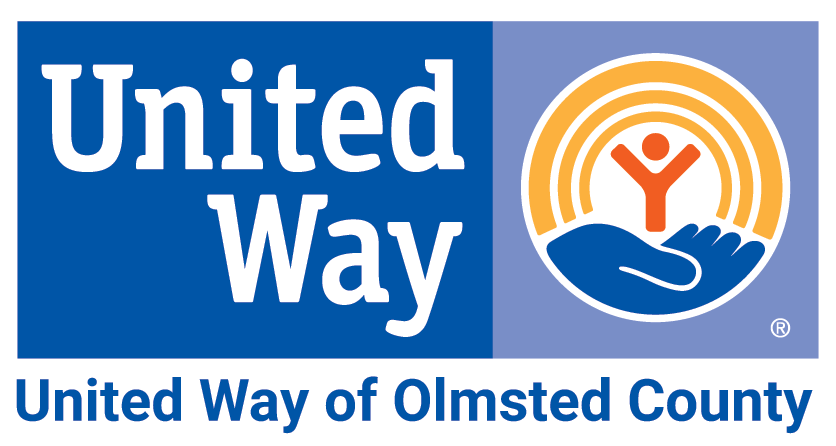.png)
Friday, January 28
“In no area of American society are the legacies of slavery and racism more evident than in the criminal legal system. Despite making up only 12 percent of the U.S. population, Black people make up 50 percent of the country’s prison population.” - Multifaith Movement to End Mass Incarceration |
Why criminal justice reform?
Criminal justice reform addresses structural issues in criminal justice systems, such as racial profiling, police brutality, overcriminalization, mass incarceration, and recidivism. These structural issues result in Black and brown people, people with low incomes, and people with mental illness being incarcerated at higher rates as compared to the general population.
The United States incarcerates its citizens more than any other country. Today, nearly 10 million Americans—including millions of children—have an immediate family member in jail or prison.
- Over the past 30 years, the trend of confining more women to federal, state, and local correction facilities has exploded at an increase of 700%. Over 60% of imprisoned women are mothers of children under age 18.
- More than 4.5 million Americans can’t vote because of a past conviction.
- Each year, the U.S. loses $87 billion in GDP due to mass incarceration.
Incarceration in Minnesota
Just as BIPOC Americans are overrepresented in the justice system nationally, this trend is well documented in the state we call home. In 2015, white Minnesotans made up only 44% of the jail population, despite constituting 83% of the state population. Similarly, in 2017, white Minnesotans made up only 46% of the prison population.
We must disaggregate data to see the full story of systemic racism. The image below comes from page 2 of Incarceration Trends in Minnesota, a fact sheet that provides at-a-glance information about how many people are locked up in both state prisons and county jails across our state.
Incarceration in Olmsted County
In 2015, there were 4,060 jail admissions and 206 prison admissions in Olmsted County. There are a number of nonprofits in Minnesota that function as reentry programs. The mission of local nonprofit Damascus Way Reentry Center is to serve individuals returning to our community after a period of incarceration. They know that three quarters of the individuals who reenter society annually from some form of incarceration will return to incarceration within five years of release. To reverse that negative trend, Damascus Way offers an integrative service model to address housing, employment, and a healthy community.
Our Challenge today explores bias in policing and the criminal justice system, as well as criminal justice reforms for which people are advocating.
Today’s Challenge: Do one or more of the following…
OPTION 1: Think back to what you learned about the education system yesterday and consider the strong ties to the justice system. Listen to Med City Beat’s Rochester Rundown Podcast “RPS Board continues discussion on the role of school resource officers” to unpack the future of policing inside Rochester's secondary schools.
OPTION 2: Formerly incarcerated people are unemployed at a rate of over 27% − higher than the total U.S. unemployment rate during any historical period, including the Great Depression. Read the article “Out of Prison & Out of Work,” which outlines the barriers formerly incarcerated people face when looking for employment.
OPTION 3: As William “Bud” Whitehorn got older, his life headed down an all-too-familiar path for kids in similar situations...to prison. His life turned a 180 from being a convicted felon to Rochester Community Liaison. From Post Bulletin’s ROCHESTER IN COLOR series, listen to the episode The Other Side of the Table (48:00) to learn Bud Whitehorn's path to Rochester's Community Liaison.
OPTION 4: An analysis of 100 million traffic stops found that Black and Latinx drivers were stopped more often than white drivers and were stopped based on less evidence of wrongdoing. Read this Stanford University study to uncover the extent of this problem, which is driven by racial bias.
OPTION 5: One proposed way to advance criminal justice reform is by reallocating funding away from police departments to other sectors of government, sometimes called defunding the police. Read the article “What does ‘defund the police’ mean and does it have merit?” from the Brookings Institution to better understand what advocates mean and what the data says.
OPTION 6: MPD150 is an independent association of organizers, activists, researchers, and artists that came together in the spring of 2016 in anticipation of the Minneapolis Police Department (MPD)’s 150th anniversary. Their report “Enough Is Enough” is one component of a multi-faceted effort that includes public art, educational activities, political action, cultural activism, and more. They hope to inspire and support new community initiatives that contribute to a shared vision of a police-free future.
